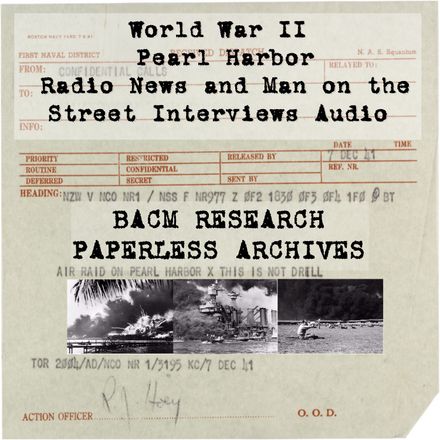$14.95
Civil War: The Rebellion Record-A Diary of American Events, with Documents, Narratives, 1861 to 1868
The Rebellion Record: A Diary of American Events, with Documents, Narratives, Illustrative Incidents, Poetry, Etc 1861 to 1868
9.761 pages in 11 volumes, published between 1861 and 1868, covering 1860 to 1865.
A real-time Civil War history. The Rebellion Record is unique in that it began to build a history of the Civil War while the war was still being fought. The Rebellion Record grew to a twelve-volume set (eleven volumes and a supplement to the first volume) that was published during the Civil War and in the three years following. This collection was a key resource on the Civil War both during the war and in the decade following the conflict. It was one of the main sources for access to the content of primary source documents for historians, students, the military, and individuals seeking more in-depth information about the war. Its position was replaced when the 128 volumes of the Official Records of the War of the Rebellion were published between 1881 and 1901. Yet it still can be used as a period source of newspaper reports from North and South, various documents and reports, public addresses, maps, and engravings.
In the preface to the first volume editor Frank Moore wrote that the intention of the work was to produce, "in a digested and systematic shape, a comprehensive history of this struggle; sifting fact from fiction and rumor; presenting the poetical and picturesque aspects, the notable and characteristic incidents, separated from the graver and more important documents." Moore pointed out that the Rebellion Record did not intent to, "supersede or to keep pace with the newspapers, but to subject them, both North and South, to the crucible of time; following them at such distance as may be required to verify and classify all that is best worth preserving out of the immense mass of leaders, speeches, letters, and reports, which crowd the daily press." Moore said that he would present, "every important document and extended narrative being given in consecutive order, and numbered, with references from the Diary."
Moore described his accomplishment, noting that he, "aiming at entire impartiality, has collected, from every quarter, whatever appeared to be of general interest, in any way connected with the great topics of the day, or likely to elucidate, in the slightest degree, the questions at issue, or the spirit and temper of the people, whether loyal or otherwise. Thus it will be found that a very considerable portion of the volume is occupied with 'secession documents,' or articles from the 'secession' press, reprinted verbatim, without alteration, or comment. Every individual who has spoken or written with effect on either side, or 'on the fence,' has been placed 'on record,' and his utterances are here electrotyped for the benefit of future generations."
Volumes 1 through 8 are divided into 3 sections: I. Diary of events; II. Documents and narratives; III. Poetry, rumors and incidents. Volume 9 is divided into two parts I. Documents and narratives; II. Poetry, rumors and incidents. Volumes 10, 11, and the Supplement is made up entirely of documents. Each volume includes a table of contents and an index.
The Rebellion Record, its full title The Rebellion Record: A Diary of American Events, with Documents, Narratives, Illustrative Incidents, Poetry, Etc., was published by G. P. Putnam's Sons from 1861-1863, and D. Van Nostrand Co. from 1864-1868. Putnam's and Henry Holt published the twelfth and final Supplemental volume.
The first section of the volumes published during the war was a "Diary of Events," a day by day chronology composed of brief extracts of newspaper articles and summarizations of dispatches and announcements. The "Documents and Narratives," section contains official reports, proclamations by military and political figures, correspondence between officials, and newspaper accounts of battles. The third section of the first nine volumes, "Poetry, Rumors, and Incidents," published poems from Harriet Beecher Stowe, Oliver Wendell Holmes, John Greenleaf Whittier, Paul Hamilton Hayne, Edward S. Ellis, and others. Anecdotes, sometimes of a humorous nature can be found in this section.
Information about the Union surrender at Ft. Sumter after two days of bombardment in the Rebellion Record Volume 1
May 22, 1861 speech by President of the Provisional Confederate States Congress Thomas Cobb, former member the House of Representatives and former Governor of Georgia, published in the first volume of the Rebellion Record.
Dispatches and reports after the Battle of Antietam printed in the document section of Volume 5 of the Rebellion Record
Rebellion Record Diary for July 17, 1863, includes coverage the New York City draft riot.
One page from the table of contents from Volume 9 of the Rebellion Record



